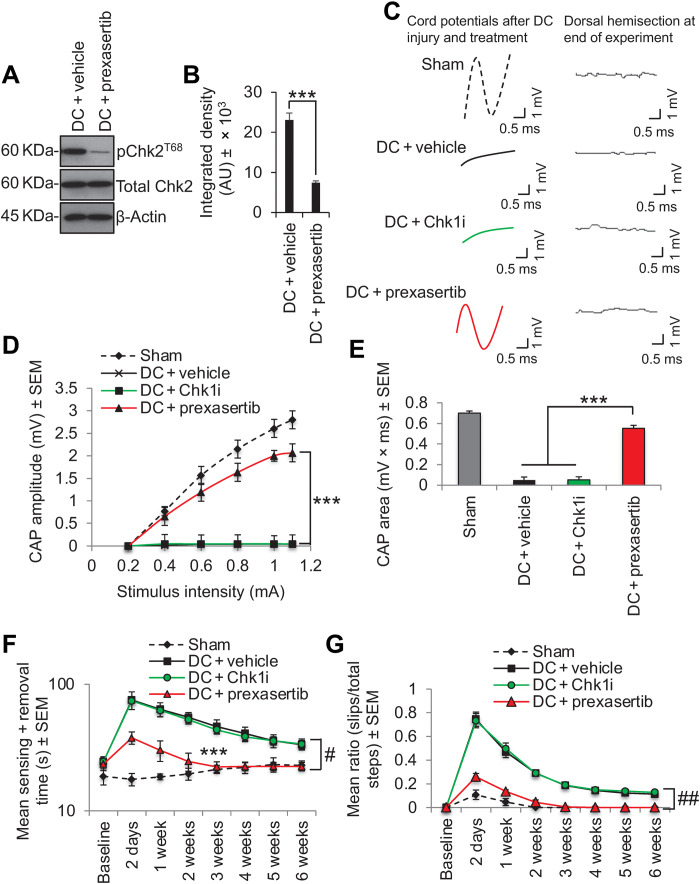Fig. 5. Inhibition of Chk2 using prexasertib promotes functional recovery after DC injury in vivo.
(A) Western blot and (B) densitometry to show that prexasertib significantly suppresses pChk2T68 levels after DC injury without affecting total Chk2 levels. (C) Spike 2 software–processed CAP traces from representative sham controls, DC + vehicle–, DC + Chk1i–, and DC + prexasertib–treated rats at 6 weeks after DC injury and treatment. Dorsal hemisection at the end of recording ablated all CAP traces. (D) Negative CAP amplitudes and (E) CAP area at different stimulation intensities were both significantly attenuated in DC + vehicle– and DC + Chk1i–treated rats but were restored in DC + prexasertib–treated rats [P = 0.0001, one-way ANOVA with Dunnett’s post hoc test (main effect)]. (F) Mean tape sensing/removal times and (G) mean error ratio to show the number of slips versus total steps are both restored to normal 3 weeks after treatment with Chk2i [***P = 0.0001, independent sample t test (DC + vehicle versus DC + Chk2i at 3 weeks)], while a significant deficit remains in DC + vehicle– and DC + Chk1i–treated rats (#P = 0.00012, generalized linear mixed models; ##P = 0.00014, linear mixed models over the whole 6 weeks). n = 6 rats per treatment, three independent repeats (total, n = 18 rats per treatment).

